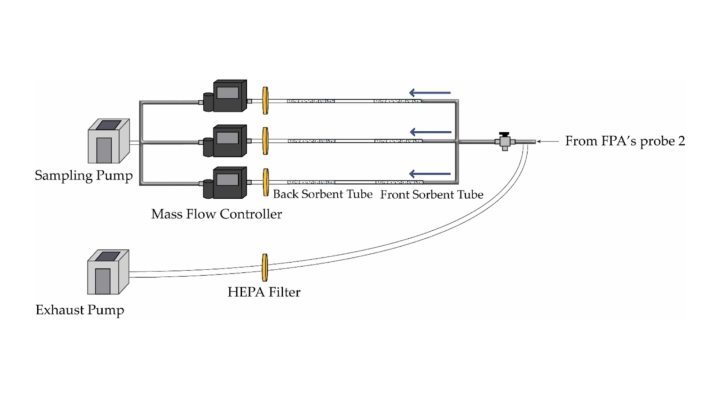
Thermal Decomposition of Materials

- Overview
- Updates
- Resources
The physical processes that determine the severity of a fire and the toxicity of pyrolysis and combustion byproducts occur at the molecular level. By understanding and quantifying these processes as well as identifying and measuring the pyrolysis and combustion byproducts, we may develop strategies to make fires less dangerous. Thermal Decomposition of Materials research may have a significant impact in how materials are specified, used, handled, or treated both before and after a fire exposure.
Context
The increasing use of synthetic furnishings and building materials present in the commercial and residential environment has resulted in a more severe fire hazard in modern structures. For these materials to become involved in combustion during a fire, they must undergo thermal degradation (pyrolyze), which produces vapors with significant toxicity and flammability. Due to differences between synthetic materials and natural materials at the molecular level, synthetic materials burn hotter and faster than natural materials when they are involved in pyrolysis and combustion. The associated rapid-fire growth and subsequent fuel-rich conditions increase the risk to building occupants and firefighters. Investigating the processes that occur in these materials at the molecular level during pyrolysis is imperative to understanding why this happens and is critical to preventing or mitigating the fire hazard. This is the purpose of the Thermal Degradation of Materials research project.
Objective
To improve fire safety for people with a better understanding of why synthetic materials burn hotter and faster than natural materials at the molecular level. The impact of Thermal Decomposition of Materials research may result in changes to standards or codes in relation to the materials that may be used for a variety of applications. This will ultimately reduce injuries and lives lost due to fire and its secondary effects.
Published: October 17, 2021












